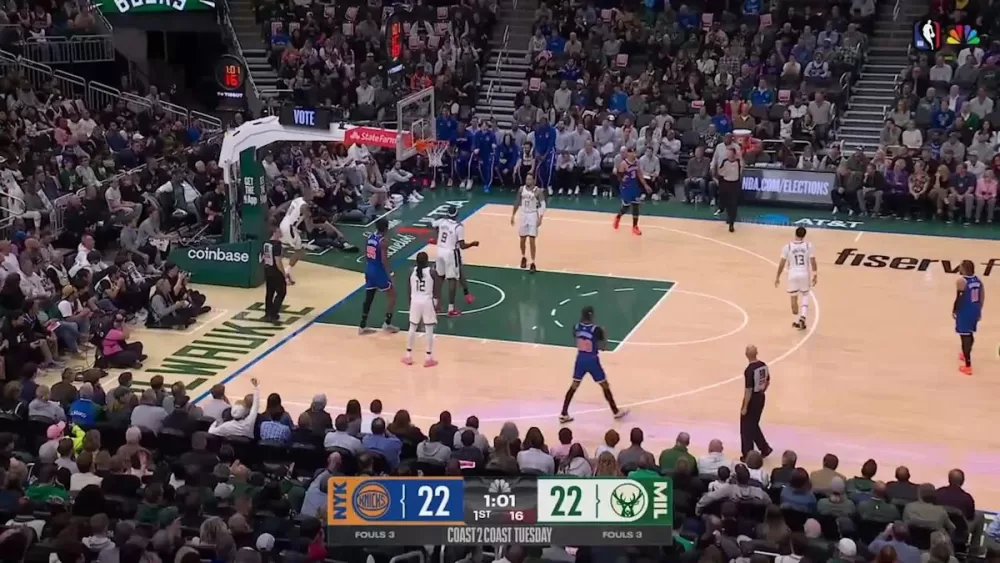The Quiet Crisis: Why India Simply Can't Wait to Confront Stroke
Share- Nishadil
- October 29, 2025
- 0 Comments
- 3 minutes read
- 22 Views

Stroke: India's Looming Health Crisis Demands Immediate Action
India is grappling with a rapidly escalating stroke crisis, affecting even younger individuals. This article delves into the critical need for increased awareness, proactive prevention, and improved healthcare infrastructure to effectively combat this debilitating condition and safeguard public health.
You know, it's funny how some health crises just seem to loom larger in our collective consciousness than others. But for India, right now, there’s a truly urgent, often silent, battle unfolding: the fight against stroke. And honestly, it’s not just a medical problem; it's a societal one, impacting lives, families, and our nation's future, often far more profoundly than we tend to acknowledge.
Think about this for a moment: globally, a staggering one in four adults, yes, one in four, will likely experience a stroke in their lifetime. That’s not a small number, not by any stretch of the imagination. And here in India, the picture, frankly, is even more concerning. We're seeing an alarming rise in stroke cases, and what's particularly troubling is the increasing incidence among our younger population. It's not just an 'old person's disease' anymore, and that's a truth we need to internalize quickly.
What’s fueling this worrying trend? Well, it’s a confluence of factors, isn’t it? Our modern lifestyles, for one. Hypertension, diabetes, and dyslipidemia – those sneaky silent killers – are becoming rampant. Add to that the pervasive habits of smoking, obesity, diets that are, shall we say, less than ideal, and a general lack of physical activity. Even alcohol consumption plays its part. These aren't just statistics; these are choices and circumstances that are literally paving the way for brain attacks, impacting countless individuals and their loved ones.
Perhaps the most insidious part of this crisis is the widespread lack of awareness. Many simply don't recognize the tell-tale signs of a stroke. But recognizing these symptoms — that’s the real game-changer. We need everyone to know the acronym FAST: Face drooping, Arm weakness, Speech difficulty. If you see any of these, it's Time to call for emergency help. Because in truth, every single minute counts; we’re talking about a 'golden hour' for treatment that can dramatically alter a patient's outcome, potentially saving them from lifelong disability or even death.
So, what’s to be done? Prevention, obviously, is paramount. Managing those underlying risk factors, embracing healthier lifestyles – these aren't just good ideas; they're essential. But beyond individual responsibility, there's a huge systemic need. We need better public awareness campaigns, yes, but also more robust healthcare infrastructure. Think specialized stroke units, accessible thrombolysis treatment, and ensuring that whether you're in a bustling city or a remote village, quality stroke care isn't a distant dream. Because, let’s be honest, the urban-rural disparity in accessing such critical care is still a gaping wound in our healthcare system.
Ultimately, addressing stroke isn’t just about treating a medical condition; it’s about investing in our nation’s health, its productivity, and its future. The World Stroke Organization's call to action is a poignant one, urging us to unite and prevent, treat, and care for stroke survivors. For India, this isn't merely a suggestion; it's a critical, urgent mandate. The time to act, quite frankly, was yesterday, but today, right now, is our chance to make a profound difference.
Disclaimer: This article was generated in part using artificial intelligence and may contain errors or omissions. The content is provided for informational purposes only and does not constitute professional advice. We makes no representations or warranties regarding its accuracy, completeness, or reliability. Readers are advised to verify the information independently before relying on







